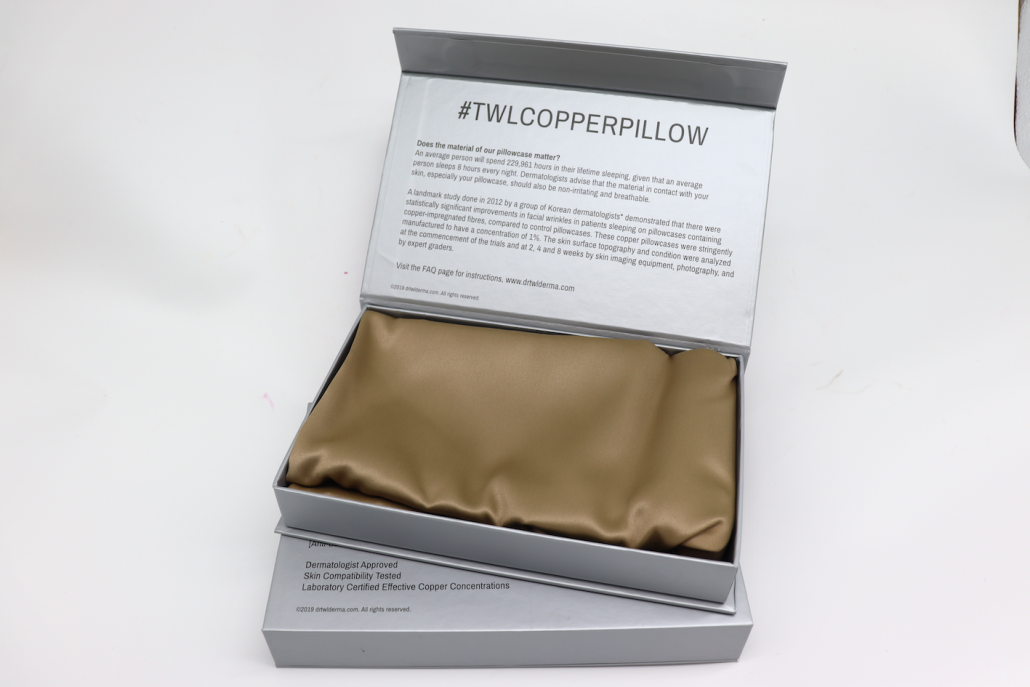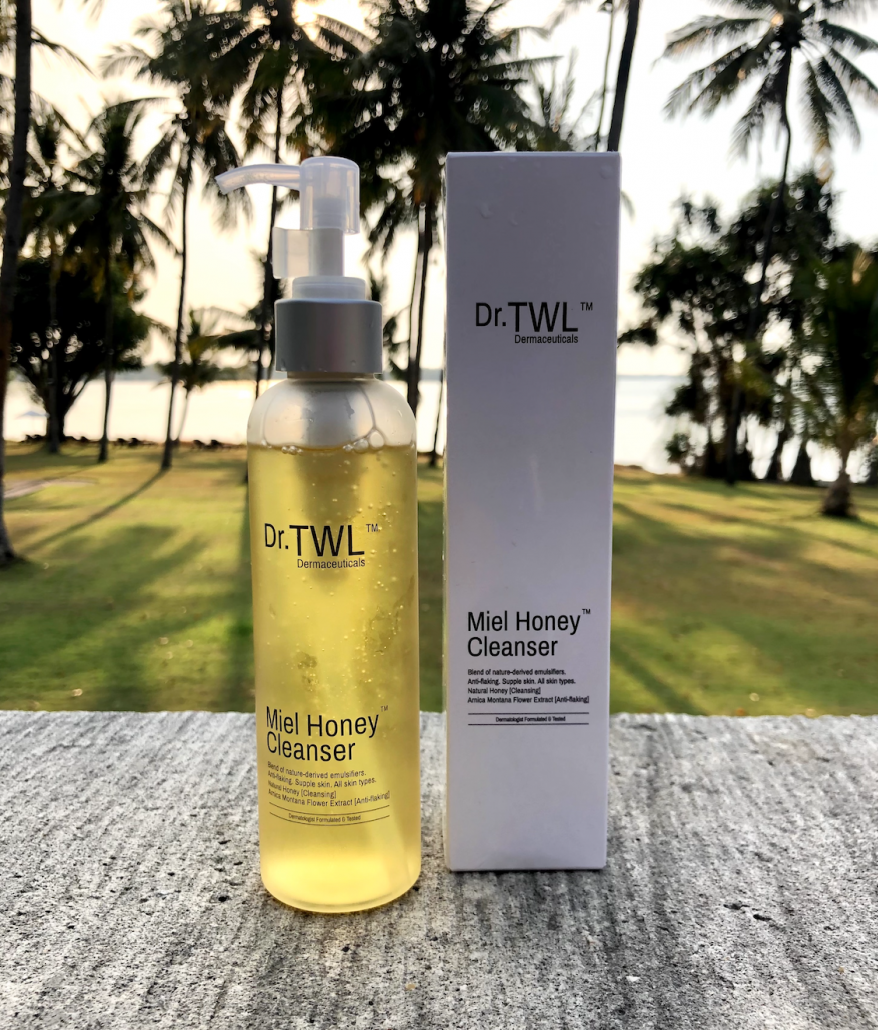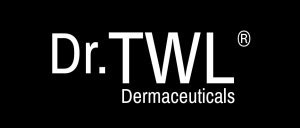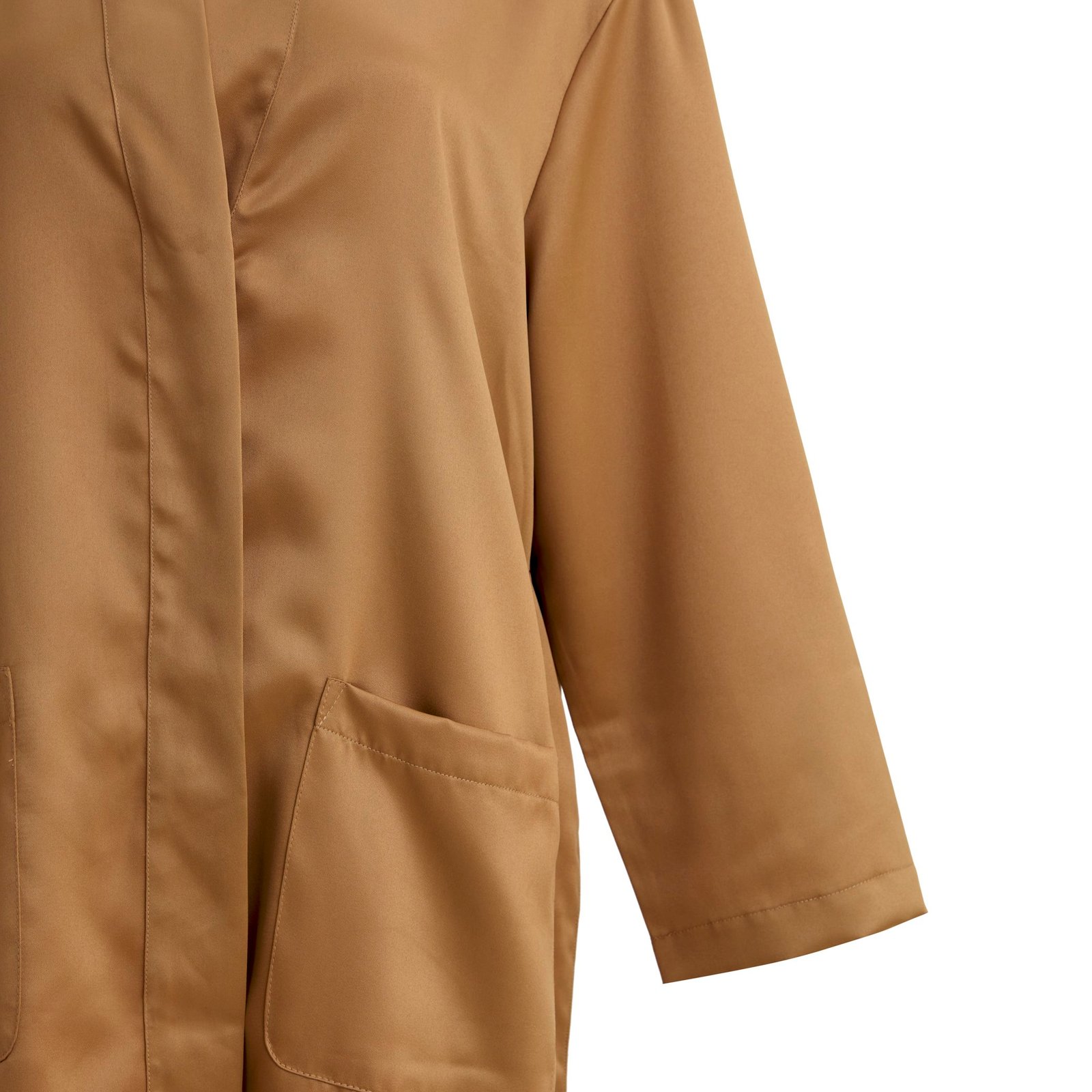The Best Pillowcase For Your Skin
Your pillowcase plays an essential role for good sleep. However, it can be an unexpected culprit behind your skin concerns, and on the flip side, be useful in acne treatment. An average person will spend 229,961 hours in their lifetime sleeping. Given that an average person sleeps 8 hours every night, dermatologists advise that the material in contact with your skin, especially your pillowcase, should also be non-irritating and breathable.
In this article, we will go through how the right pillowcase can be a form of acne treatment. We will also explain the science behind choosing the ideal pillowcase for your skin.
Pillowcases can house dirt and oil
Dirt, makeup, bacteria, and oil often collect and absorb into the fabric of your pillowcase, which can exacerbate acne. A recent clinical trial shows that there was a reduction in pimples for those who sleep on ‘silk-like’ pillowcases comparing to cotton covers. This suggests that the material of your pillowcase can be an effective acne treatment.
“Acne is a multifactorial inflammatory condition that occurs in genetically predisposed individuals but is significantly affected by environmental factors. Individuals with acne often colonize with two types of bacteria which are pathogenic: P. acnes, and more recently, C. acnes. The importance of a skin microbiome is important in the treatment of acne, in addition to reducing inflammation. Functional textiles in the form of nanoparticle technology impregnated metal ions, are an effective method to control the skin microbiome,” Dr. Teo Wan Lin, whose paper on biofunctional textiles was published in the Journal of American Academy of Dermatology.
The type of breakouts caused by your pillowcase is acne mechanica. It is a form of acne resulting from skin coming into contact with materials or objects.
The material of your pillowcase matters
“Materials are important because it presents the longest contact time with your skin. Consequently, pillowcases can have an impact on the triggering of acne. Also, now with the mask wearing landscape, the type of mask can exacerbate occlusion acne. Functional textiles present as an opportunity to harness the properties of biofunctional textiles for the skin microbiome,” accredited dermatologist, Dr. Teo Wan Lin.
A study done in 2012 by a group of Korean dermatologists demonstrated that there are statistically significant results between the groups of patients sleeping on the pillowcases containing copper-impregnated fibers, as compared to the control pillowcases. The skin surface topography and condition was analyzed at the commencement of the trials and after 2, 4 and 8 weeks (where relevant) by skin imaging equipment, photography, and by expert graders.

The CUIONS™ Anti-Aging Beauty Copper Pillow Case contains advanced copper ion technology with anti-wrinkling and anti-bacterial properties.
Why copper?
Copper nanoparticle impregnation is also backed by clinical studies to have active skincare properties (anti-wrinkle, anti-ageing) due to stimulation of collagen growth through contact with copper ions actively released on contact with skin. Data from two randomised controlled trials demonstrate statistically significant reduction in facial wrinkles after 2 weeks of exposure to copper oxide infused textile.
Additionally, copper fibre is naturally antibacterial, killing bacteria/fungi/microbes that come into contact with it. This makes it an effective acne treatment. This is because it can reduce the growth of P.acnes or C. acnes, the causes of breakouts on your skin.
Is copper safe?
Interestingly, we can find copper in our skin. It is involved in the synthesis and stabilization of extracellular matrix skin proteins and angiogenesis. Commercially, copper is usually available as a chemical compound of copper sulfate which is soluble in water. Hence, it is unsuitable for incorporation into fabrics due to the washing out for every cycle. However, the technology now exists to incorporate insoluble nanoparticles to coat each strand of fibre to produce 100% copper fibre fabric. Copper nanoparticles are considerably important because of its unique optical, catalytic, antibacterial, antifungal, electrical, mechanical and thermal properties.
Take preventive steps
While your pillowcase can make a difference in breakouts in your skin, you can also take other preventive measures to ensure good skin health.
1. Wash your pillowcase regularly
No matter what material your pillowcase is, as an effective acne treatment, you should change it regularly to avoid build up of oil, dirt, and sweat.
2. Wash your face every night
While this may seem obvious, it is a simple skincare step people often overlook. Cleansing will help to prevent buildup on your bedding, giving your skin extra protection.

The Miel Honey™ Cleanser helps with thorough cleansing of skin. It contains botanical emulsifiers leaving a clean yet moisturised feel. The Arnica Montana Extract stabilizes skin and reduces flaking.
3. Use gentle detergent
Furthermore, people commonly use fabric softeners without knowing the damage it can cause to bedding and skin. It coats natural fibres leaving an unpleasant film on your pillowcase, and contains harsh chemicals that can irritate the skin. Using harsh products on your bedding can have harsh effects on your skin, so it’s best to choose a gentle cleanser for washing your linen.










Leave a Reply
Want to join the discussion?Feel free to contribute!